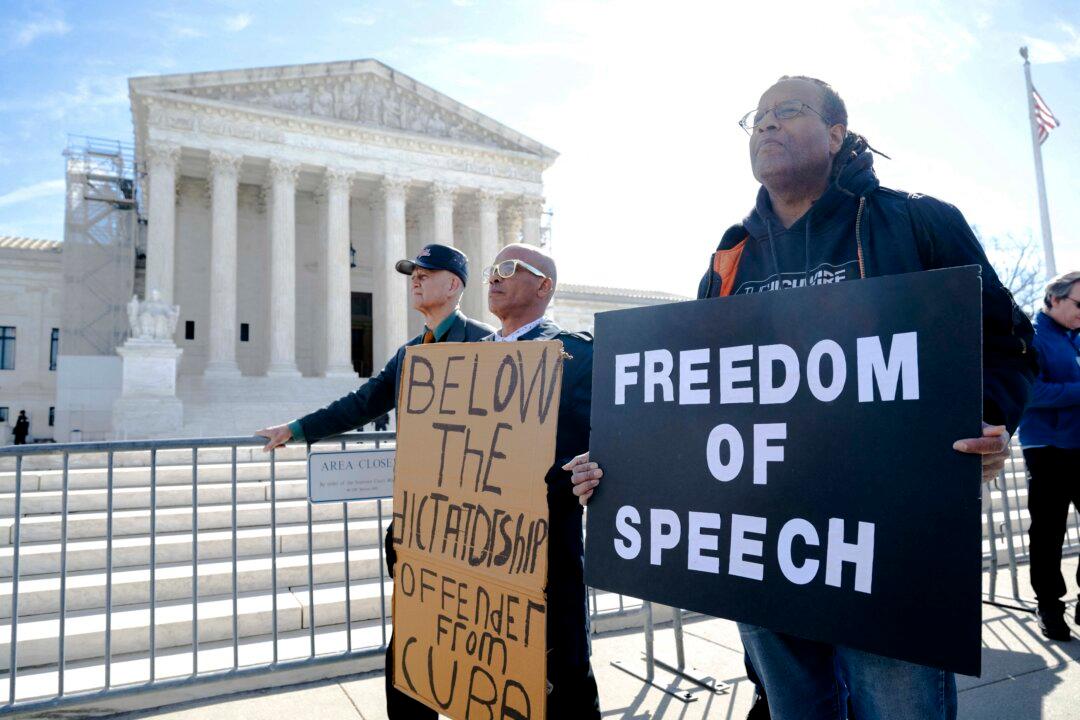Joanne Harrison Clough, a single mother and attorney raising her granddaughter, said that when her daughter, Emily, was pregnant, she sought in-person treatments for opioid addiction. However, no one was willing to accept her as a patient.
“She had a terrible time when she was pregnant,” Clough said. “We tried to get her in in-patient rehab, and no one would take her because she was 21 weeks pregnant, high-risk pregnancy. They would not take her.





